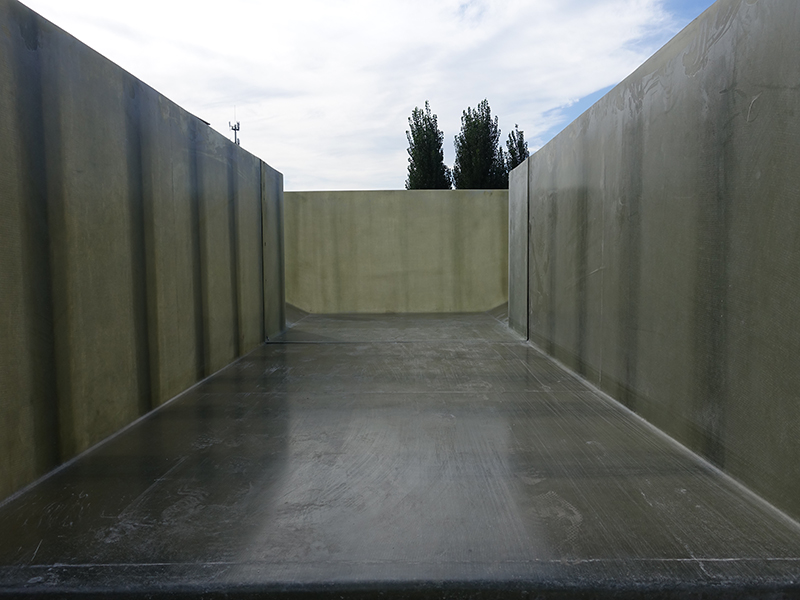
-
 Afrikaans
Afrikaans -
 Albanian
Albanian -
 Amharic
Amharic -
 Arabic
Arabic -
 Armenian
Armenian -
 Azerbaijani
Azerbaijani -
 Basque
Basque -
 Belarusian
Belarusian -
 Bengali
Bengali -
 Bosnian
Bosnian -
 Bulgarian
Bulgarian -
 Catalan
Catalan -
 Cebuano
Cebuano -
 China
China -
 China (Taiwan)
China (Taiwan) -
 Corsican
Corsican -
 Croatian
Croatian -
 Czech
Czech -
 Danish
Danish -
 Dutch
Dutch -
 English
English -
 Esperanto
Esperanto -
 Estonian
Estonian -
 Finnish
Finnish -
 French
French -
 Frisian
Frisian -
 Galician
Galician -
 Georgian
Georgian -
 German
German -
 Greek
Greek -
 Gujarati
Gujarati -
 Haitian Creole
Haitian Creole -
 hausa
hausa -
 hawaiian
hawaiian -
 Hebrew
Hebrew -
 Hindi
Hindi -
 Miao
Miao -
 Hungarian
Hungarian -
 Icelandic
Icelandic -
 igbo
igbo -
 Indonesian
Indonesian -
 irish
irish -
 Italian
Italian -
 Japanese
Japanese -
 Javanese
Javanese -
 Kannada
Kannada -
 kazakh
kazakh -
 Khmer
Khmer -
 Rwandese
Rwandese -
 Korean
Korean -
 Kurdish
Kurdish -
 Kyrgyz
Kyrgyz -
 Lao
Lao -
 Latin
Latin -
 Latvian
Latvian -
 Lithuanian
Lithuanian -
 Luxembourgish
Luxembourgish -
 Macedonian
Macedonian -
 Malgashi
Malgashi -
 Malay
Malay -
 Malayalam
Malayalam -
 Maltese
Maltese -
 Maori
Maori -
 Marathi
Marathi -
 Mongolian
Mongolian -
 Myanmar
Myanmar -
 Nepali
Nepali -
 Norwegian
Norwegian -
 Norwegian
Norwegian -
 Occitan
Occitan -
 Pashto
Pashto -
 Persian
Persian -
 Polish
Polish -
 Portuguese
Portuguese -
 Punjabi
Punjabi -
 Romanian
Romanian -
 Russian
Russian -
 Samoan
Samoan -
 Scottish Gaelic
Scottish Gaelic -
 Serbian
Serbian -
 Sesotho
Sesotho -
 Shona
Shona -
 Sindhi
Sindhi -
 Sinhala
Sinhala -
 Slovak
Slovak -
 Slovenian
Slovenian -
 Somali
Somali -
 Spanish
Spanish -
 Sundanese
Sundanese -
 Swahili
Swahili -
 Swedish
Swedish -
 Tagalog
Tagalog -
 Tajik
Tajik -
 Tamil
Tamil -
 Tatar
Tatar -
 Telugu
Telugu -
 Thai
Thai -
 Turkish
Turkish -
 Turkmen
Turkmen -
 Ukrainian
Ukrainian -
 Urdu
Urdu -
 Uighur
Uighur -
 Uzbek
Uzbek -
 Vietnamese
Vietnamese -
 Welsh
Welsh -
 Bantu
Bantu -
 Yiddish
Yiddish -
 Yoruba
Yoruba -
 Zulu
Zulu
Understanding the Importance of FRP Moisture Traps in Managing Environmental Humidity
Understanding FRP Moisture Traps An Essential Component for Durability
Fiber Reinforced Polymer (FRP) materials have gained significant traction in various industries, particularly for their lightweight nature, high strength-to-weight ratio, and corrosion resistance. However, one of the challenges in using FRP materials is their susceptibility to moisture ingress, which can lead to structural damage and reduced lifespan. This is where FRP moisture traps come into play, playing a critical role in the longevity and performance of FRP structures.
What are FRP Moisture Traps?
FRP moisture traps are specialized devices designed to prevent moisture from penetrating FRP materials and structures. These traps are strategically integrated into FRP systems to capture any water that may seep into the composite material. By redirecting and managing moisture, these traps help maintain the integrity and performance of the FRP components.
Importance of Moisture Management
The presence of moisture within FRP materials can have detrimental effects. Water can lead to hydrolysis, a chemical process that can degrade the resin matrix, ultimately compromising the structural integrity of the composite. This is particularly critical in environments where humidity levels can be high or where water exposure is frequent, such as in marine applications, bridges, and building infrastructures.
Moreover, moisture can lead to the growth of mold and mildew, posing additional risks, especially in environments where cleanliness and hygiene are paramount. In addition to potential structural issues, these biological factors can also cause health problems for individuals in proximity to affected materials. Therefore, incorporating effective moisture management strategies, such as FRP moisture traps, becomes essential.
How FRP Moisture Traps Work
frp moisture trap

The design of FRP moisture traps typically involves a combination of hydrophobic materials and strategic engineering to facilitate moisture collection and drainage. These traps allow for the ease of moisture evaporation while preventing the accumulation of water within the FRP structure. They can be designed to be passive, relying on gravity and environmental conditions, or active, incorporating mechanisms to aid in moisture removal.
In many applications, these moisture traps are seamlessly integrated into the overall FRP construction, ensuring that they do not compromise the aesthetic or functional aspects of the design. Their installation can significantly enhance the lifespan of FRP components, making them more reliable in harsh environmental conditions.
Applications of FRP Moisture Traps
FRP moisture traps are versatile and can be applied in a myriad of settings. In the civil engineering sector, they are utilized in bridges, tunnels, and building facades, where exposure to weather elements is commonplace. In the marine industry, these traps are essential in boat hulls and offshore platforms, where the constant interaction with seawater can accelerate deterioration.
Moreover, in the electrical and telecommunication industries, FRP materials are increasingly used for communications towers and equipment housing. Implementing moisture traps in these applications ensures that sensitive electronic components are protected from moisture, enhancing the reliability of critical infrastructure.
Conclusion
Incorporating FRP moisture traps into designs that utilize fiber-reinforced polymers is not just a precautionary measure; it is a proactive approach to enhancing the durability and performance of these materials. As industries continue to innovate and adopt advanced composite materials, understanding and implementing effective moisture management strategies will be crucial. By doing so, we can ensure that FRP structures not only meet the demands of modern engineering but also stand the test of time against the ever-present challenge of moisture infiltration.
Latest news
-
High-Quality Fiberglass Car Bodies Durable GRP Car & Boat Body SolutionsNewsJul.08,2025
-
High-Quality Fiberglass Dual Lamination Product Manufacturer Durable FRP & GRP Dual Lamination SolutionsNewsJul.08,2025
-
Rectangular Tank with Dimensions for GRP Calculation Custom Fiberglass GRP Rectangular TanksNewsJul.07,2025
-
High-Quality Fiberglass Weir Custom FRP Weir & Fiberglass Tanks ManufacturerNewsJul.07,2025
-
CPVC FRP Pipe A Reliable Choice for Industrial Applications High Strength & Corrosion ResistanceNewsJul.07,2025
-
Fiberglass Scrubber for Effective Cleaning and Stain Removal – Superior Performance in Various ApplicationsNewsJul.06,2025









